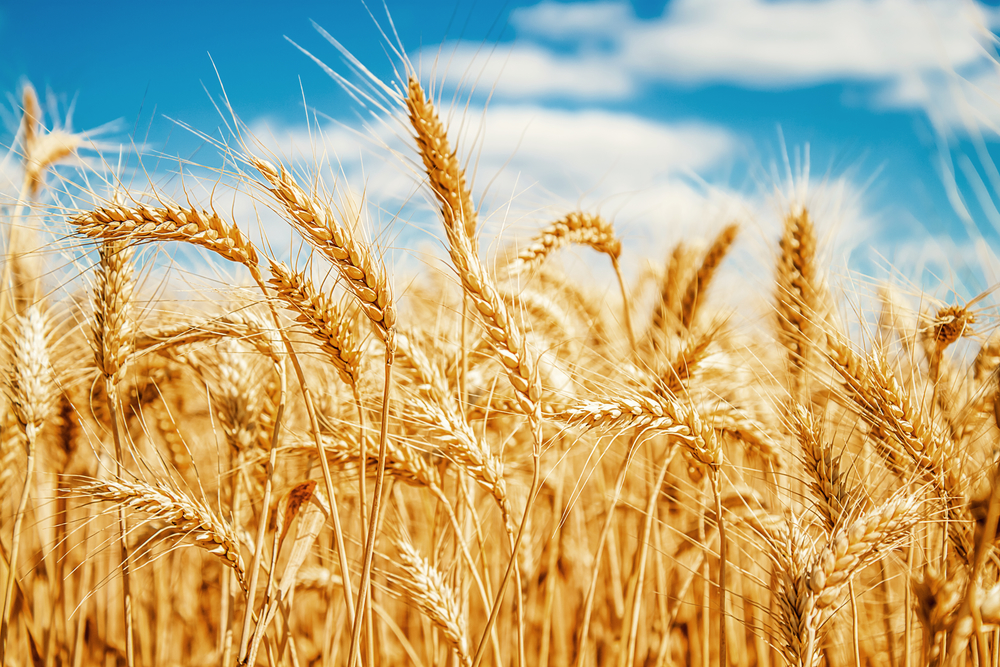The primeval golden and undulating harvest heralds human civilization. For nearly ten thousand years, wheat, then domesticated with the sedentary agriculture that soared in civilizational prosperity, has been the support to feed an ever-growing human population. Wheat became, and still is, one of the main food crops for humanity.
But the exponential growth of the human population creates enormous pressure to increase wheat production. According to the Food and Agriculture Organization of the United Nations (FAO), wheat is cultivated on five continents, having been produced, in 2016 alone, 749 million tons.
However, current production will be entirely insufficient to sustain future human need: for example, it is estimated that by 2050 the population will reach 9600 million people, which makes the FAO calculate that an increase in about 60% in wheat production.
To solve this problem, one of the aspects to consider is the full knowledge of the genome of this cereal, in order to make the currently existing wheat species more productive. And scientists have been working intensively on the search for this knowledge, on the most complete possible mapping of all the brown genes.
In an investigation that began 13 years ago, a team of 202 scientists, from 73 scientific institutions around the world, managed to obtain a more up-to-date version, with a more detailed quality notation, of the wheat genome. This result was recently published in number 6403 of the prestigious magazine Science.
This work was made possible by the creation of the International Wheat Genome Sequencing Consortium (IWGSC), which brought together more than 2400 participants from 68 countries during the investigation.
In addition to the article that presents the most complete annotation of the genome of this cereal, another six articles were published (another in the magazine Science, one in Science Advances and four in Genome biology) that interpret the potential applications of this new knowledge and how it can be potentially decisive for the development of new varieties that are more resistant to pests and with the possibility of cultivation in extreme climates.
The results also allow us to understand certain diseases that affect this cereal and its relationship with food and human health.
The development of new productive varieties in extreme climates is seen with particular interest in a planet undergoing climatic changes of anthropogenic origin.
The species of wheat studied was the Triticum aestivum of the Chinese Spring variety. According to Rudi Appels, a scientist at the University of Melbourne (Australia) and one of the authors of this study, this “is not a variety with agronomic value, but was used to produce a reference genome sequencing, because Ernest Sears – a geneticist who studied the wheat – did a lot of genetic work on it between 1950 and 1970”. This ancient study formed the basis for new knowledge.
This species of wheat has seven chromosomes repeated three times, so there are 21 chromosomes in total. This repetition in modern wheat reflects its hybridization from three ancestral species.
In this work, the exact genomic location of 107 891 genes is presented. For comparison, it should be noted that this genome is five times larger than that of humans and 35 times larger than that of rice. This dimension and the complexity found in the genome, which has 85% of repeated DNA, explain the 13 years of long research.
In particular, a team from the Norwegian University of Life Sciences, led by Odd-Arne Olsen, investigated the genes that encode proteins responsible for allergic reactions in humans, such as celiac disease, among other immune problems arising from wheat consumption.
The results obtained are in the article published in Science Advances . “With all this new information, we know exactly which gluten genes are causing allergic reactions, giving us a tool to remove or modify the sequences that encode those proteins,” says Odd-Arne Olsen.
With this knowledge, new crops will continue to accompany this millenary relationship between wheat and Man.
Author: António Piedade
Science in the Regional Press – Ciência Viva



















Comments